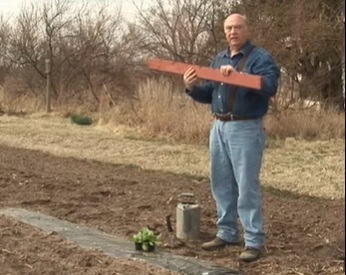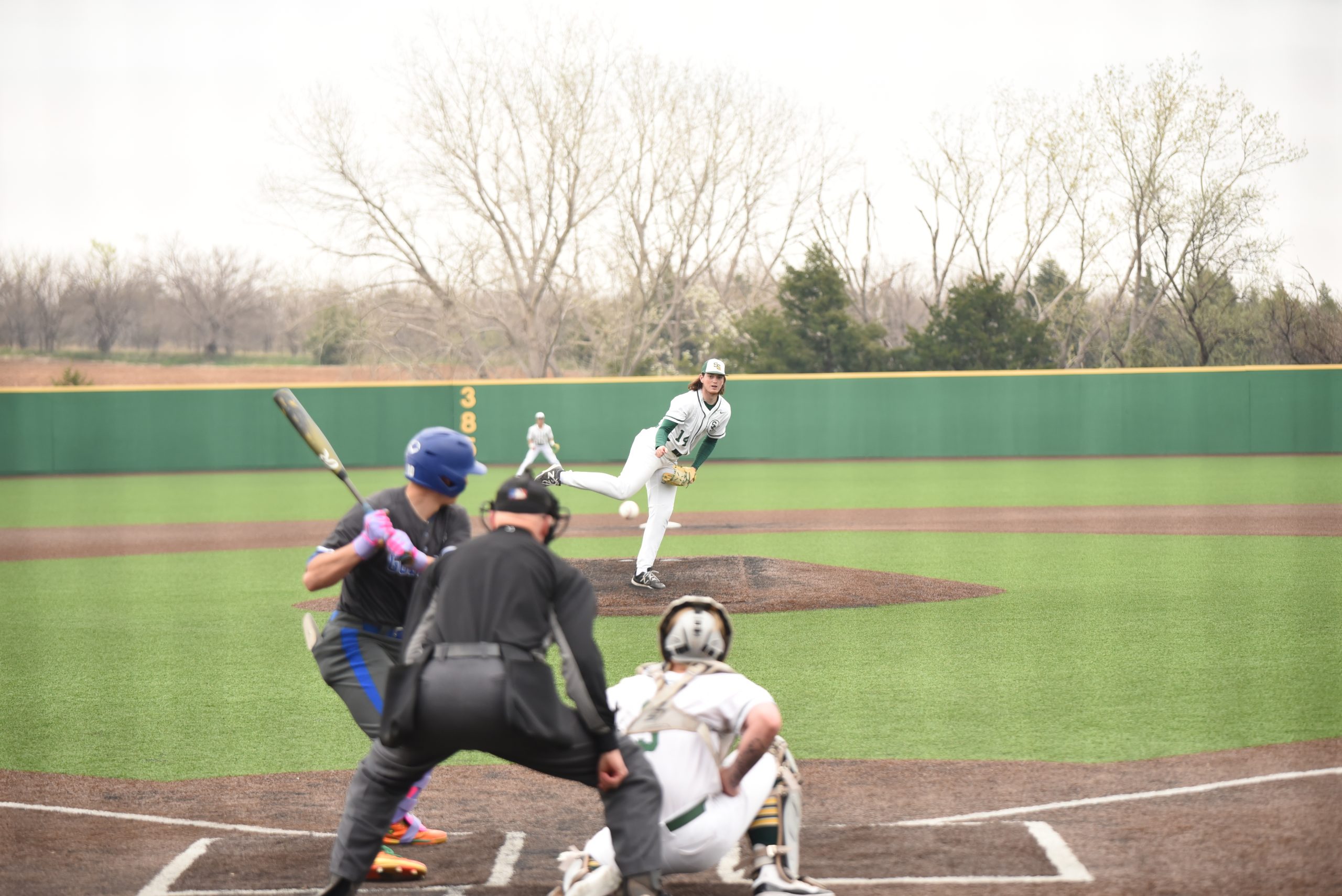A pair of simple tools will help to ensure success when planting a vegetable garden, according to Kansas State University horticulture expert Ward Upham.
He noted that a string line is commonly used to plant straight rows, while a planting board helps to make spacing vegetables within a row easier.
“Most gardeners make their own string line,” Upham said. “A very simple one can be made with a tent peg, a 12 inch piece of one-by-two inch lumber and some string.”
To make the string line, Upham suggests:
- Wind the string on the one-by-two. Notch the ends of the board, or drive nails near both ends to hold the string as it is wound.
- Tie one end to one nail (or tie between the notches) and the other end to the tent peg.
- When marking a row, drive the tent peg into the ground where you want the row to start.
- Mark the end of the row with a second tent peg and unwind enough string to stretch between them.
“Actually, you will want the string line offset where the plants will go by a couple of inches so that it isn’t in your way,” Upham said. “In other words, you will make your row next to the string; not under it.”
A planting board is a one-by-four inch board and four feet long. For planting, cut relatively deep notches every foot, and shallow notches 6 inches from each deep notch.
“Some gardeners also bevel the side opposite the notches so they can work the beveled end into the soil to make a shallow trench for seed,” Upham said.
When planting, he added, lay the planting board near the tent peg and align it with the string. Using the notches as a guide, “it is now easy to place plants or seeds at the recommended spacing,” Upham said. “Move the planting board with you as you progress down the row.”
Upham and his colleagues in K-State’s Department of Horticulture and Natural Resources produce a weekly Horticulture Newsletter with tips for maintaining home landscapes. The newsletter is available to view online or can be delivered by email each week.
Interested persons can also send their garden- and yard-related questions to Upham at wupham@ksu.edu, or contact your local K-State Research and Extension office.



